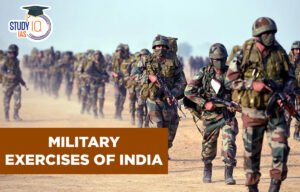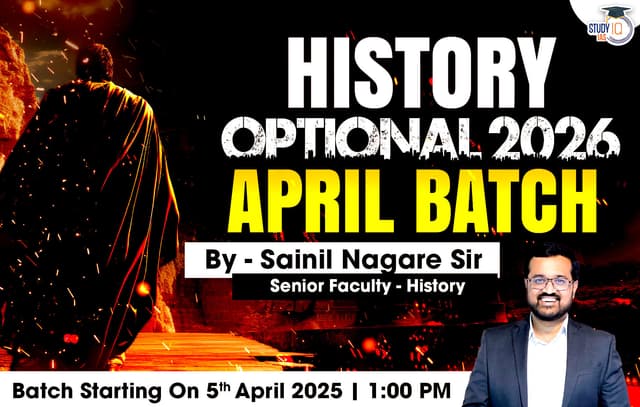Table of Contents
Tarang Shakti- 2024
Context: The Indian Air Force (IAF) is set to conduct its first-ever multinational exercise named Tarang Shakti.
About Tarang Shakti- 2024
- Host: Indian Air Force (IAF)
- Event: First-ever multinational air exercise of India.
- Venue: Jodhpur, Rajasthan
- Participants: Ten countries, including the US, UK, Australia, France, Germany, Japan, Singapore, and the UAE.
- Objective: Joint training, knowledge exchange, and enhancement of operational coordination.
- Aim: To improve mutual understanding and compatibility among air forces, promoting regional stability and security.
- Significance: It represents a unique opportunity for these nations to collaborate and enhance their tactical and operational capabilities.
- Features: A variety of aircraft, including fighter jets, military transport aircraft, mid-air refuelers, and AWACS.
| Other Combat Exercises Involving IAF |
|
Under Kafala, workers are dispensable
Context: There is a need to humanise migrant workers and safeguard their rights, which would require dismantling the Kafala system.
Background
- A fire in the Mangaf area of Al Ahmadi municipality, Kuwait, killed 49 migrant workers, mostly Indians.
- Kuwait’s Interior Minister, Fahad Al-Yousuf Al-Sabah, blamed the fatalities on the greed of the employer and building owner, NBTC.
| Facts |
|
Challenges Associated
- Labor Accommodation Issues: Migrants live in crowded, unsafe, and unhygienic accommodations.
- During the COVID-19 pandemic, GCC states struggled to contain the virus in labour accommodations.
- Kuwait implemented discriminatory lockdowns and deported tens of thousands of workers in April 2020.
- Despite having housing standards, Kuwait focuses more on evicting ‘bachelors’ from family zones and relocating them to subpar spaces rather than ensuring decent housing.
- Economic Disparities and Kafala System: Employers in government contracts must provide housing or an allowance (25% of wages for minimum wage earners or 15% for higher earners). The cost of decent living is around KD200 per person, not including rent.
- The discrepancy between the cost of living and wages is a control factor in the Kafala system.
- Migrant workers are dependent on employers for accommodation, food, and transportation.
- Low wages prevent migrants from bringing their families, ensuring their perpetual vulnerability and limited socio-cultural space.
- Challenges to Labor Organizing: GCC states do not permit labour organising or unionisation, preventing workers from challenging the status quo.
| What is the Kafala System? |
|
Conclusion
- Better safety checks, higher living standards, and worker organisation could have potentially prevented the tragedy.
- In the aftermath of incidents, Kuwaiti officials may promise stricter penalties but are likely to rely on policing rather than implementing systemic changes that empower workers to voice grievances.
Examples, Case Studies And Data
- Global Gender Gap 2024 (GS 2): The global gender gap has closed to 68.5% in 2024, up slightly from 68.4% in 2023.
- At this slow pace, achieving full parity will take 134 years, according to the World Economic Forum (WEF).
- Top- Ranked: Iceland remains the top-ranked country with 5% of its gender gap closed.
- It is the only economy to have closed over 90% of its gender gap.
- India’s Position: India has slipped to 129th out of 146 countries, down from 127th in 2023. In 2022, India was ranked 135th.
- India has closed 1% of its gender gap in 2024, indicating significant room for improvement.
- Areas of Decline for India:
- The slight regression is due to small declines in education and political empowerment.
- Education Gaps: The literacy rate gap between men and women is 17.2 percentage points. India is ranked 124th in this indicator.
- Political Empowerment: Women’s representation in Parliament remains low.
- In the newly elected Lok Sabha, women make up 13.6% of the members (74 out of 543), down from 78 in 2019.
- Economic Participation and Opportunity: India has shown slight improvement in economic participation and opportunity in recent years.
- To match its 2012 score of 46%, India needs to improve by 6.2 percentage points.


 National Maritime Day 2025, Theme, Histo...
National Maritime Day 2025, Theme, Histo...
 International Day for Mine Awareness and...
International Day for Mine Awareness and...
 List of Military Exercises of India 2024...
List of Military Exercises of India 2024...





















